With the popularity of farmer’s markets, supported agriculture shares, and mail-order boxes, getting farm-fresh vegetables to your table is easier than ever. And, in the process, lesser-known varieties are becoming mainstream. Local supermarkets are stocking unique vegetables and fruit that will knock you out of your regular rut and up your plant-focused food game.
With simple preparation, these 10 unusual vegetables will add new flavors and incredible health benefits to your plate.
1. Kohlrabi
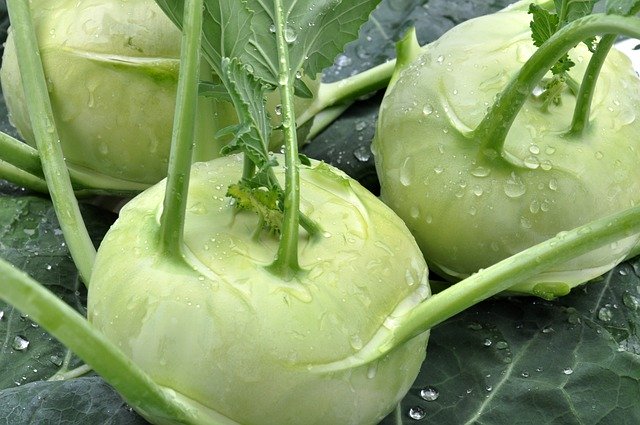
Kohlrabi is also known as a cabbage turnip. The light green bulb is versatile, and when peeled, it is best eaten raw – chopped in salads, grated in a slaw, or sliced with some olive oil and a sprinkle of salt and lemon. Kohlrabi tastes like sweet, tender, broccoli stems. When picked in early spring, you can also steam or sauté the greens or chop them in a salad.
2. Sunchokes
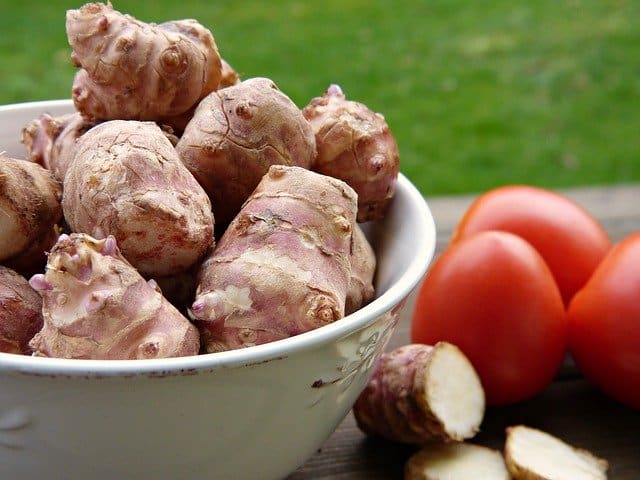
Sunchokes or Jerusalem Artichokes are edible root vegetables that resemble ginger and have a thin skin and bumpy appearance. Sunchokes are from the sunflower family and can be compared to potatoes for the way they are grown underground. They possess a nutty taste and are delicious when prepared like a potato (fried, mashed, roasted). If you eat them raw, leave the skin on and grate or slice them in a salad.
3. Romanesco Broccoli
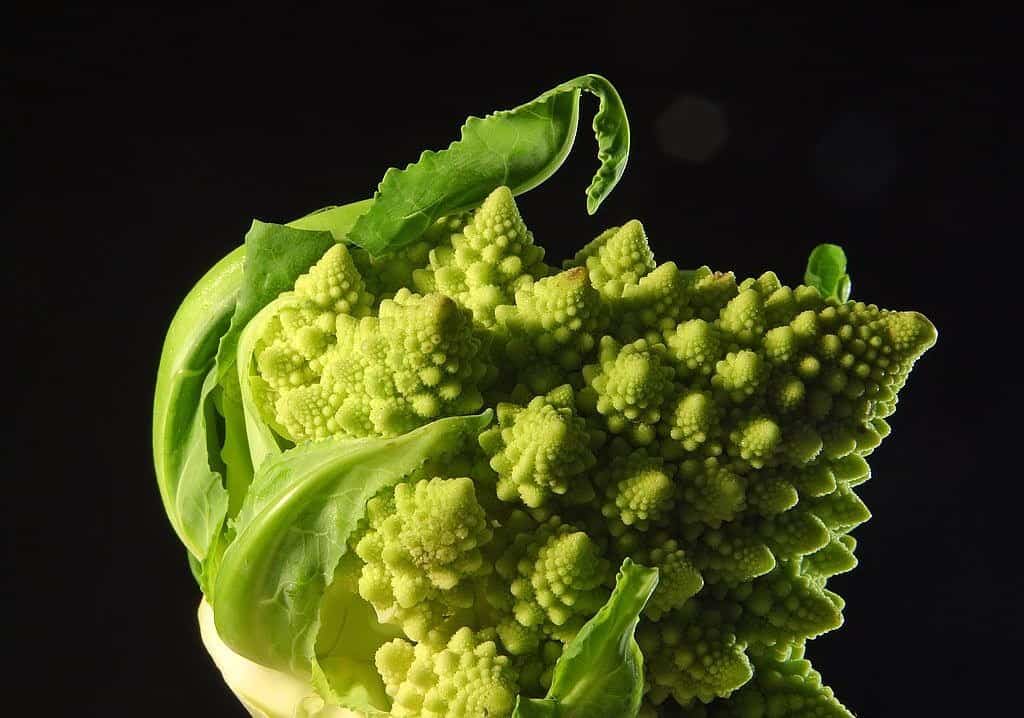
Romanesco Broccoli is also known as Roman cauliflower and is chartreuse green. It looks a lot like mini Christmas trees all bunched together. Romanesco is from the same family as cabbage, kale, and Brussels sprouts. It has a similar taste to cauliflower (but nuttier). To cook it, blanch and shock to keep the excellent green color and make it part of a funky crudité platter. You can also roast, sauté, or pickle this versatile veggie.
4. Delicata Squash
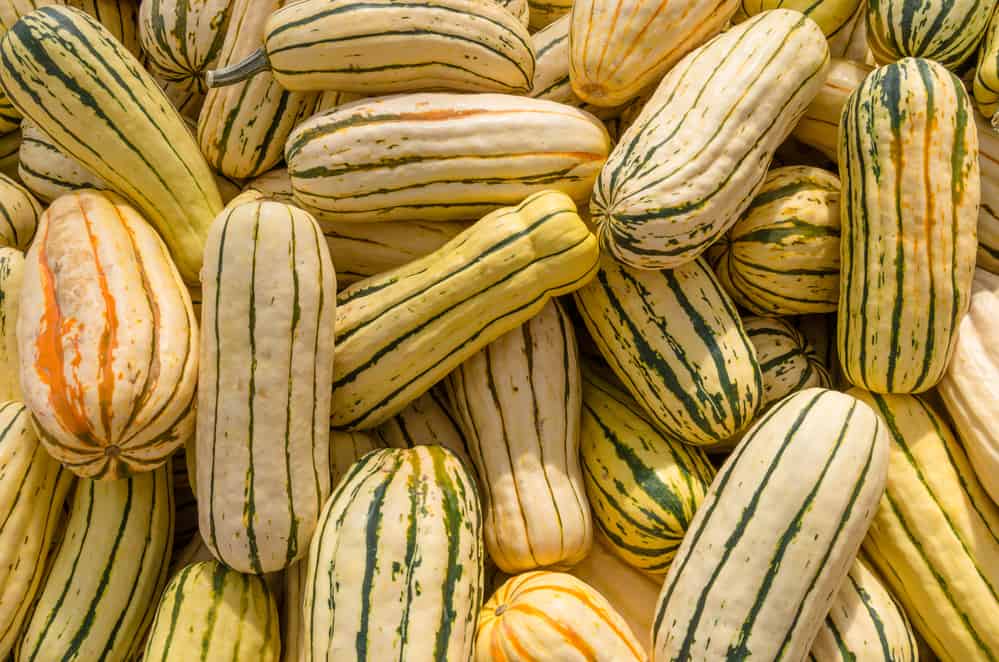
Delicata Squash, also known as peanut or sweet potato squash, is cream colored with green stripes. Unlike acorn or butternut squash, this variety has a very delicate skin that doesn’t require peeling. If you trim the ends and scoop out the seeds, you can cut the squash into half-moon slices. Then, drizzle the squash with olive oil, sprinkle with salt and pepper, and roast it for sweet corn or potato flavor.
5. Tuscan (Lacinato) Kale
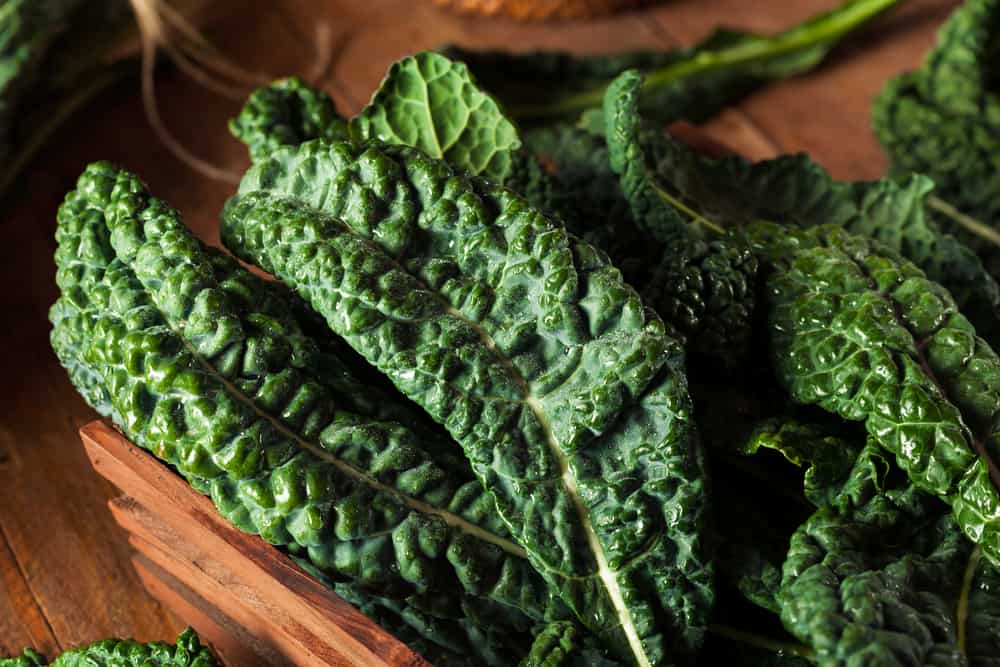
Tuscan Kale is also known as Italian, or Lacinato kale. It is sweet, tender, and can be eaten raw. Curly or red kale is tougher and usually needs to be cooked before eating. Prepare Tuscan kale by washing the leaves and removing any hard stems. Then cut the leaves and make a salad topping with lemon juice, olive oil, and Parmesan cheese. Or quickly sauté with garlic, olive oil, and red pepper flakes for a delicious side.
6. Icicle Radish
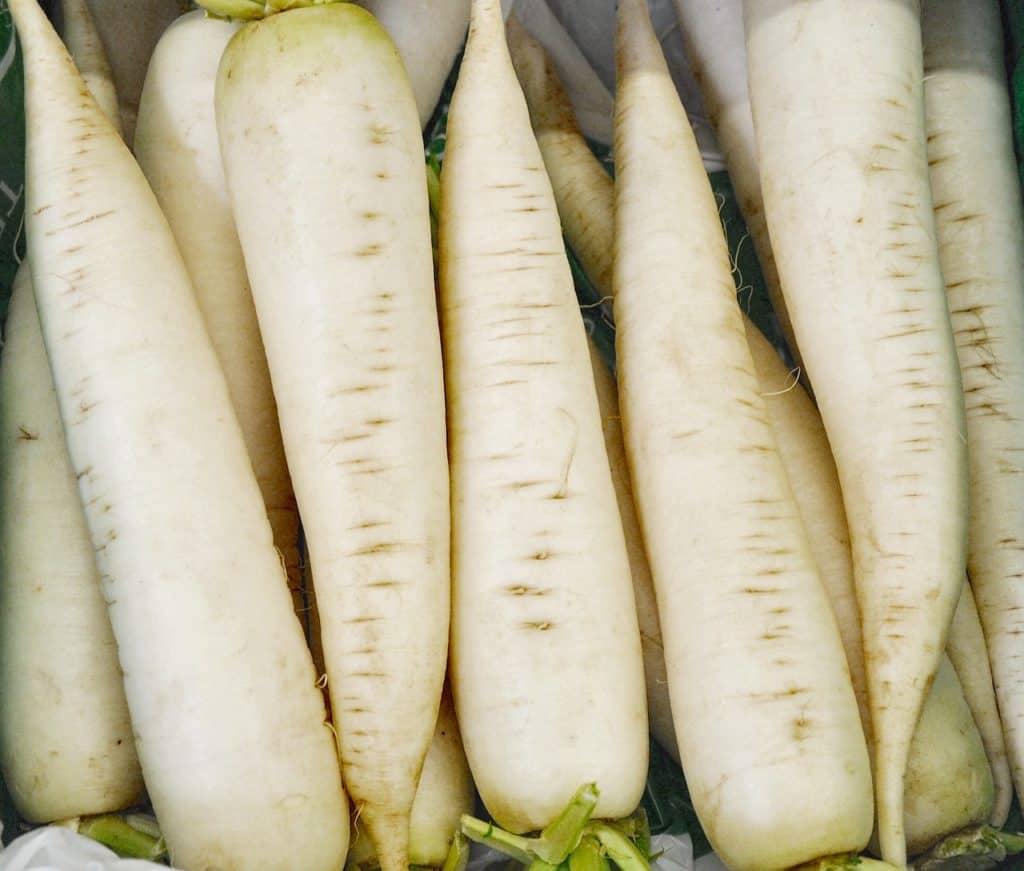
Icicle Radish, also known as White Naples or the Long White, has a thin white skin and is mild compared to their red counterparts. They grow underground to about four inches in length and have a sweet/spicy flavor. Eat them raw diced or sliced into a salad for extra crunch. Icicles can also be grated into slaw, pickled or roasted. The greens also add a yummy flavor profile to salads or stir-fries.
7. Salsify
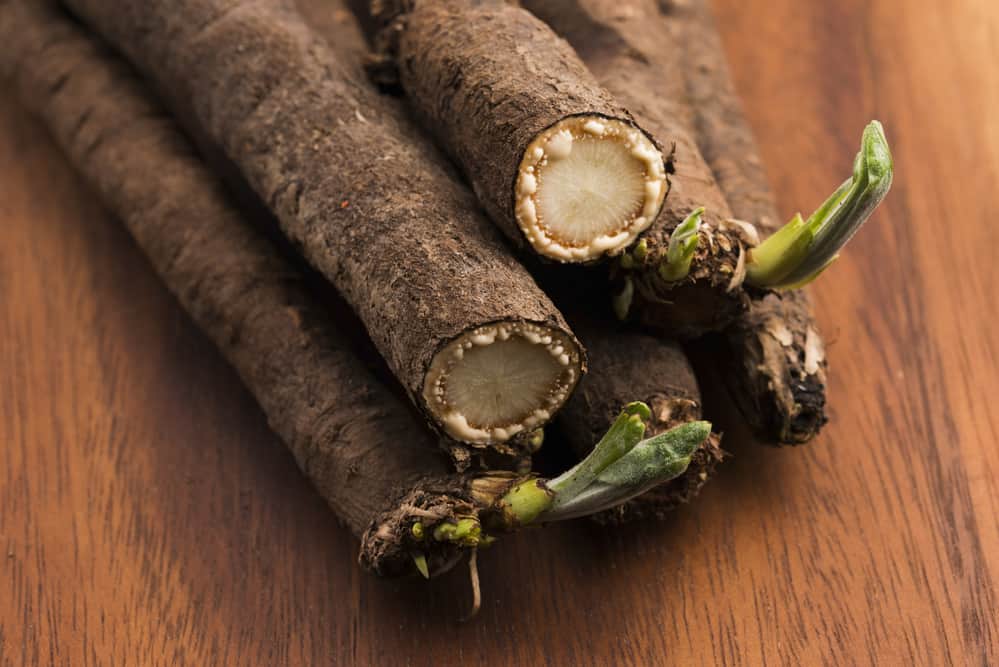
Salsify is known as the oyster plant because it has a mild oyster flavor when cooked. It looks like a long slender parsnip but has a thick brown to black skin and white flesh. It was eaten regularly in the 18th century but lost popularity – until now. Once peeled, it can be roasted, steamed, pureed, added to soup or stews, or made into gluten-free pasta. Salsify can also be eaten raw by slicing it thinly into salads.
8. Dandelion Greens
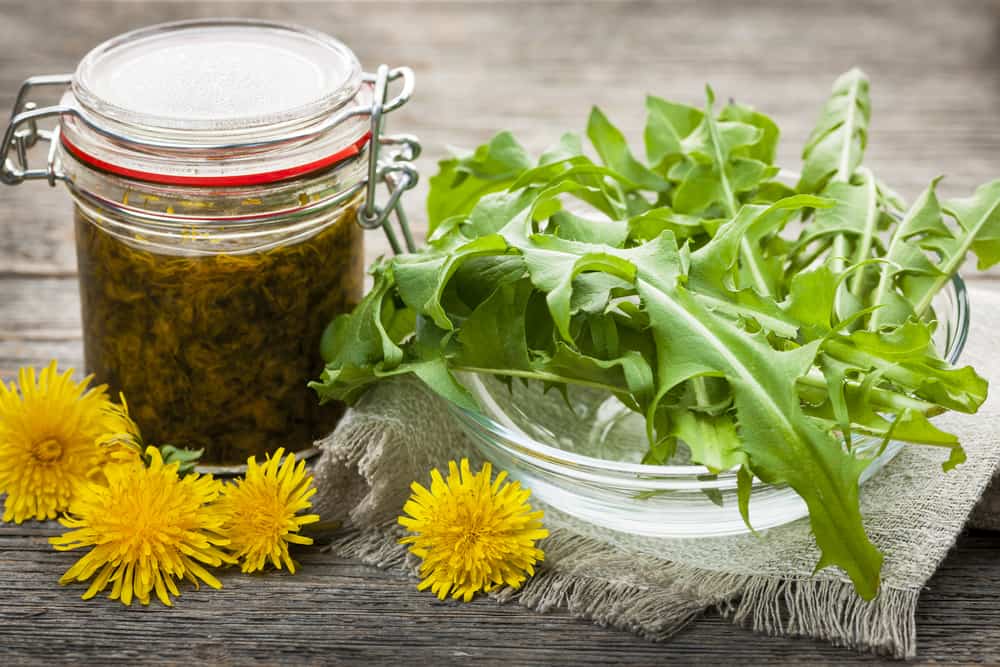
Dandelion Greens are better known as the leaves from the invasive flowers from your garden. You can eat these leaves, and believe it or not, they are healthy and delicious. They have a peppery bite and can be eaten raw in salads mixed with spinach or other lettuce. Similar to arugula, you can whip them into a pesto as a topper for pasta. The greens are available year-round but are best in the spring. Sauté them like kale or collard greens or add a bunch to stir-fries or soup, much like you would any soup green.
9. Purslane
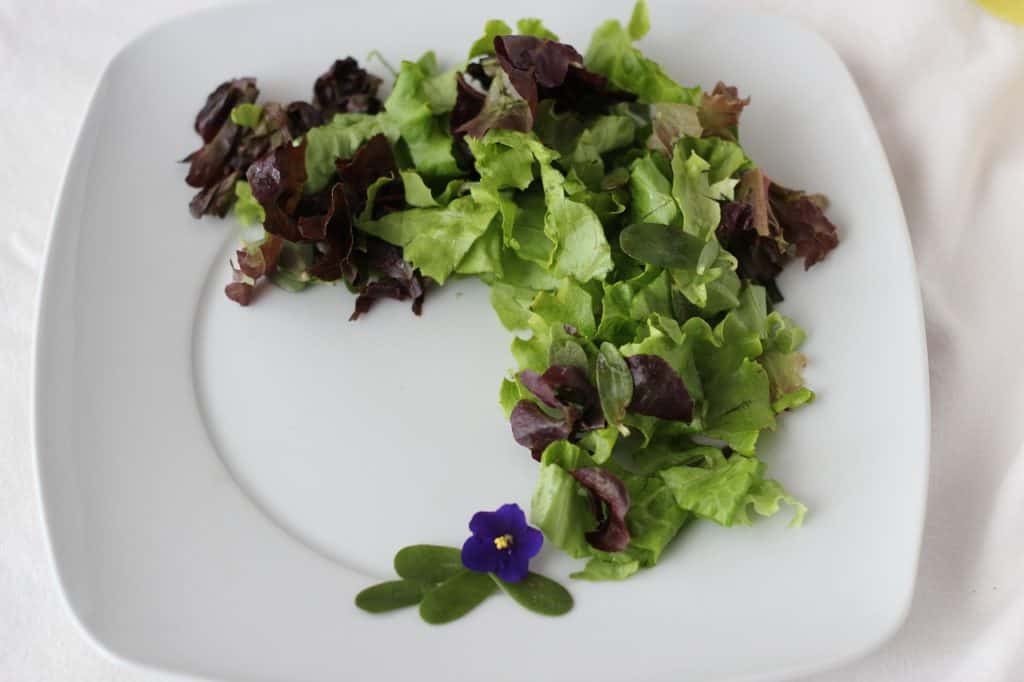
Purslane is better known as a weed, but it’s a healthy, tasty, weed. It has a salty-sour flavor, much like watercress. Purslane is another leafy green that can be eaten raw, as a topper for a sandwich, or added to salads. It is loaded with antioxidants and minerals. Purslane is one of those versatile leafy vegetables that can be added to soup, stir-fries, or mixed with yogurt for a refreshing dip.
10. Bitter Melon
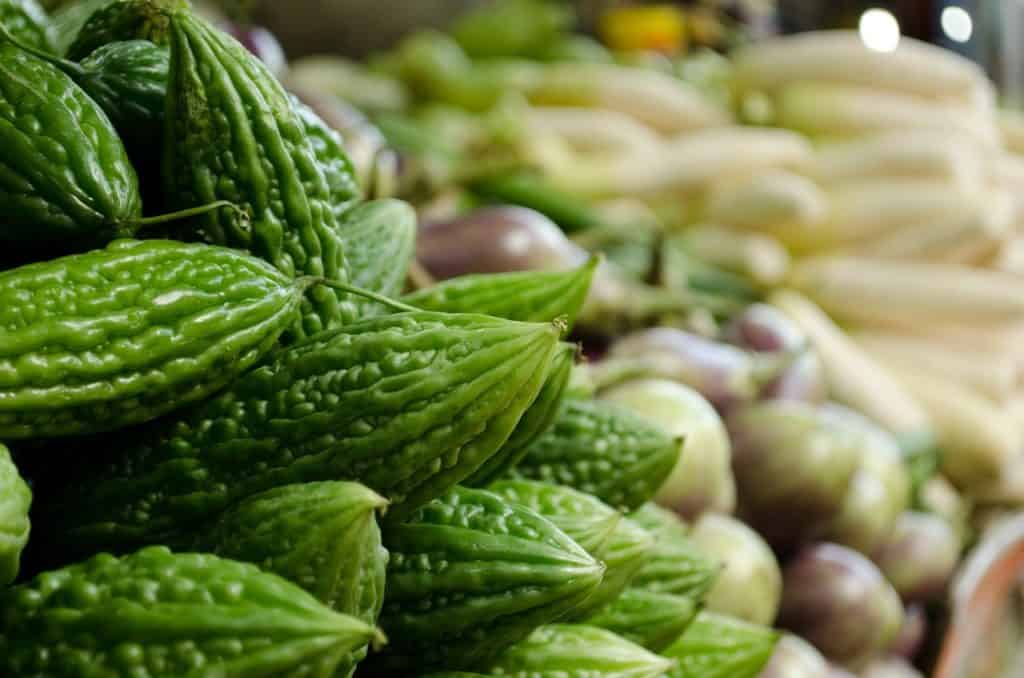
Bitter Melon, also known as bitter squash or karela (Indian cuisine), is both a vegetable and a fruit. It comes from the same family as watermelon. It’s been used as food and as an herbal remedy for years with claims to improve many ailments, including type 2 diabetes. It looks like an odd bumpy cucumber, but with a bitter taste. When picking Bitter Melon, choose one around 10 inches that is more yellow/orange than green. Much like a cucumber, peel the outside, cut it in half and scoop out the inner seeds. Then slice it into half-moons and salt it to draw out the water and some of the bitterness. Then you can blanch it, steam it, pan-fry it, or put it into soups.
Save this to your favorite Pinterst board and try these unusual vegetables.

Guest author bio: Jeanine Consoli is a freelance travel writer, photographer, and foodie based in Washington Crossing, PA. A retired elementary school teacher, she used her summers to feed her passion for travel and kept journals of all the destinations she explored. Today, Jeanine is working as a writer full-time. She loves uncovering the history and understanding the culture of each location, including the local flavors of each unique place. She has traveled extensively in the United States and Europe and is excited to keep adding to the list, finding special places that are off the beaten path both at home and abroad.
- 10 Tips To Care For Summer Hair - May 27, 2023
- 10 Stunning Lakes In Russia Worthy Of A Visit - July 24, 2020
- 7 Greatest Super Mario Games Ever Made - June 27, 2020